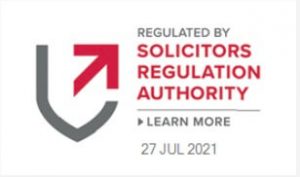Here are a few things that we would recommend to combat burnout in the workplace:
- Encourage staff to take regular breaks. Standing up from your desk every 30-40 minutes has been proven to keep employees productive and stimulated throughout the working day.
- Create a work club or team around exercise or activity unrelated to your work. This can also help with team bonds and communication.
- Encourage staff to switch off after their work hours are complete to allow for a total disconnect. This will ensure that they return refreshed the following day.
If possible within your workplace, encourage staff to take the upcoming Christmas break as a reset, and a full detox from their work stressors. This will allow them to return to work in January ready and raring to face whatever challenges 2023 may hold.
If your workplace is struggling to manage sickness absence due to burnout or your staffing levels are becoming unsustainable please contact one of our helpful HR advisors and employment solicitors at 0333 888 1360 or email [email protected]
We are in Your Corner
For advice or for a free assessment contact us today







